Top 10 things to See in Geneva
After having uploaded my blog on things to do in Geneva (Top 10 things to do in Geneva). I thought to upload a "Top 10 things to see in Geneva". Where as my post was more about activities to do, this post encompasses museums and expositions you cannot miss when visiting Geneva.
Cathédral de Saint Pierre:
Saint Peters Cathedral is situated in the center of the old town of Geneva. It was built around the twelfth century in a Romanesque style and was later completed in Gothic style. It is known as the “home” of John Calvin, one of the leaders of the Protestant Reformation. The most beautiful thing about this cathedral is its bright green spire that rises above it, and you can see this on the right hand side of the cathedral, or if you walk down "Place de la Taconnerie" which joins to "Rue Guillaume-Farel". Better still it is possible to climb the north tower of the cathedral and get a spectacular view over Geneva. You can also follow a guided tour on reservation:
Tel. : +41 22 310 29 29
The tour includes a one hour visit of the cathedral, the Chapelle des Macchabées and the panoramic view, one hour visit of the archeological site of the cathedral and one hour for the Musée Internationale de la Reforme.

Maison Tavel:
I will write a separate post specifically about Maison Tavel as it is one of the most important things to be seen in Geneva. It is one of the oldest buildings dating it back to the medieval times. This was burned down by a fire in 1334, but was subsequently reconstructed by the Tavel Family. In 1963 it was acquired by the City of Geneva and turned into a six story museum holding some antiquities of the past habitants. On the sixth floor you can see how Geneva once was before being completely reconstructed. It is a very interesting museum in terms of learning about Geneva's history.
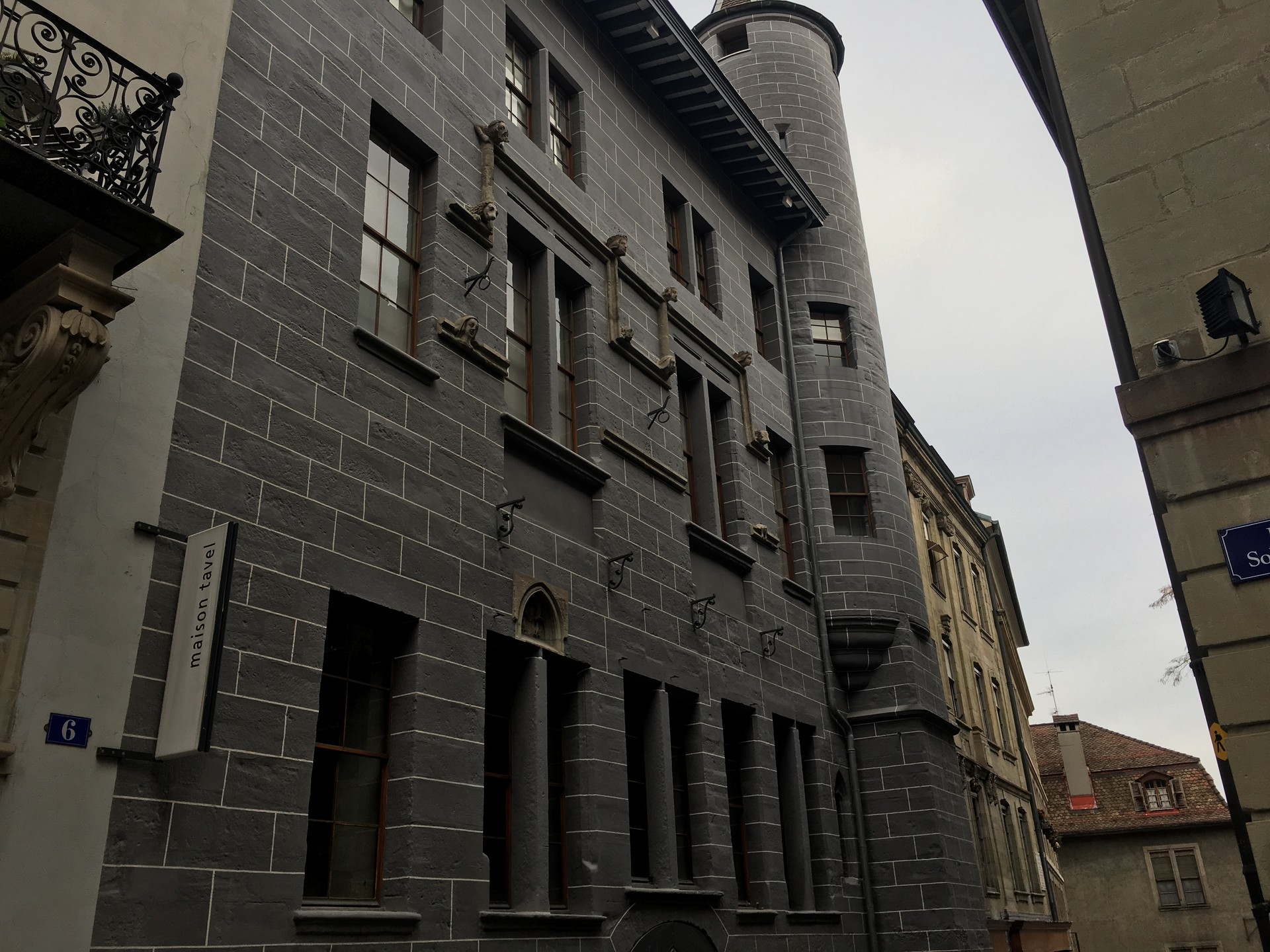
Le Palais des Nations:
This was one of the first things I did when I came to Geneva. It is situated in Nations, easily accessible by tram. 15. The United Nations building is spectacular and the interior is even better. They organize guided tours (which is mandatory) in 15 different languages and in 1 hour you learn everything you need to know about this important organization.
What you will see :
- The Human Rights and Alliance of Civilizations Room, decorated by famous artist Miquel Barcelò.
- The Salle des Pas Perdus, from which you can see the Armillary Sphere and the monument commemorating the conquest of outer space.
- The Assembly Hall, the largest room in the Palais des Nations.
- The Council Chamber, where many important historical negotiations have taken place, with murals by José Maria Sert. (Available irregularly)
- Gifts presented by various countries to the United Nations Office at Geneva.
During the tour, you will learn about the history of the Palais des Nations, which one was the headquarters of the League of Nations.
I found this tour incredibly interesting and as I walked through the rooms I couldn't help but dream to work here one day. Also, just a little tip, when you’re walking through do not get lost, and do not stay far behind (I got told off for taking this photo), because they will call the security on you as they will treat it as a threat. So just stick with your group at all times!
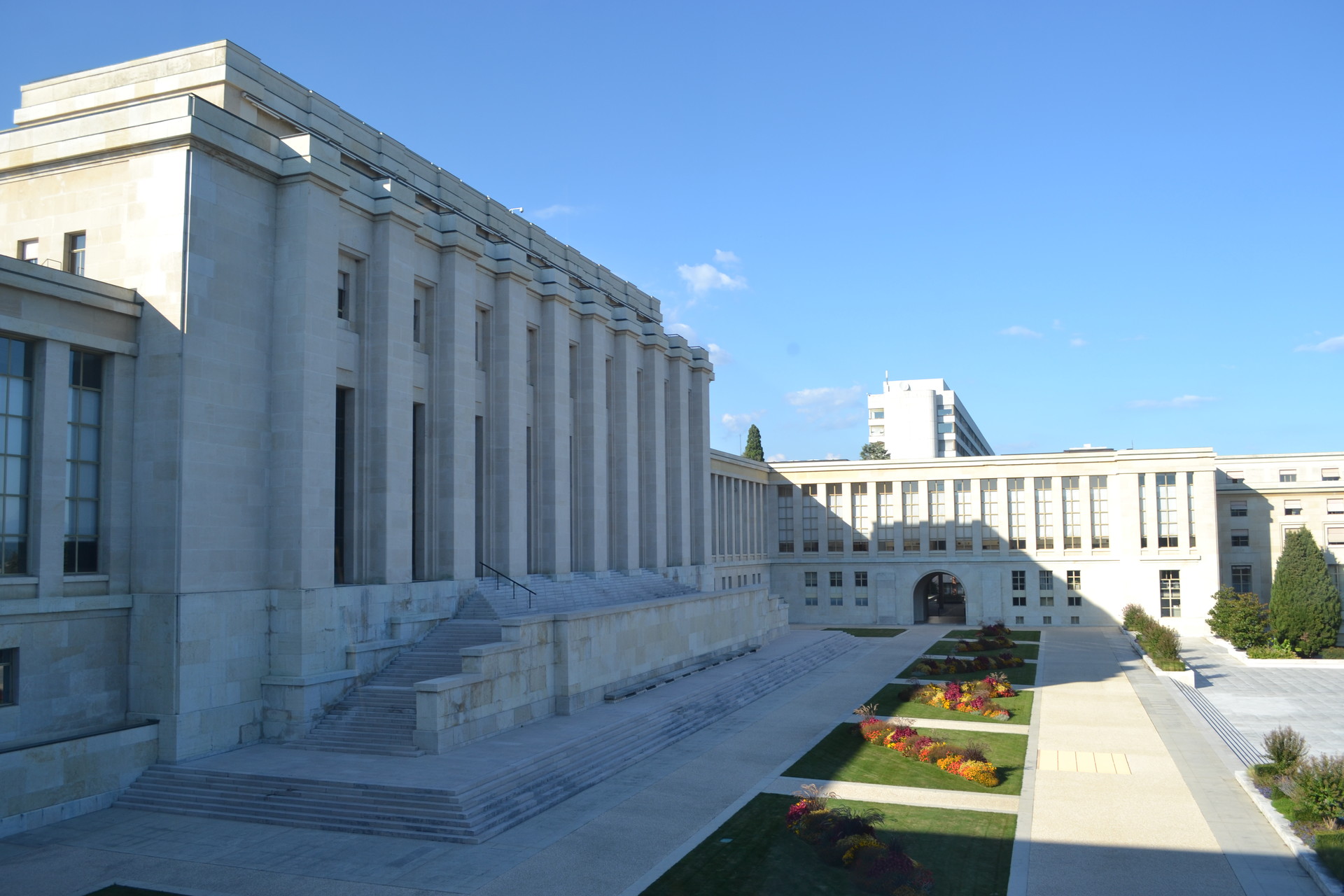
CERN:
If you’re an astronomy lover then this is heaven. I am a huge astronomy lover and honestly if I was better in sciences this is what I would have loved to study. CERN is home to the European Organization for Nuclear Research, physicists and engineers who are studying the structure of the Universe, the research theories about the Universe, and explore certain questions including the origins of the mass, the anti-matter etc. CERN holds many accelerators including the Large Hadron Collider which is the largest particle accelerator. This is used to provide energetic particles in order to investigate different aspects of particle physics. You can learn about this LHC inside their museum, which is filled with interactive machines to help you understand about physics and the Universe. You can reach the museum with Tram 18 which passes through Cornavin Station. You can visit the museum for free. During your visit be sure to watch the 3 minute video they show which explains about the early universe and the Big Bang. It was projected across the entire room and it was both informative and incredible to watch.
Musée d’Art Modern et d’Histoire:
This was the first museum I came to visit when I arrived in Geneva. It is situated in the Vieille Ville de Genève and its architecture is really something spectacular. It is the oldest art museum in the City of Geneva dating back to 1910. It has exhibits ranging from prehistoric finds to modern art. This museum is organized on five floors, including regional archeology, general archeology, temporary exhibitions, applied arts and fine arts. It is a very interesting museum because it contains a huge array of things. For example on the archeology floor it contains 70 - 1000 objects, starting from Pharaonic Egypt to the Roman Empire via Ancient Greece. However the fine arts on the second floor were my favorite as it contained masterpieces from Veronese, Picasso, Monet and Giacometti.
The museum is free entry and is open Tuesday - Sunday.
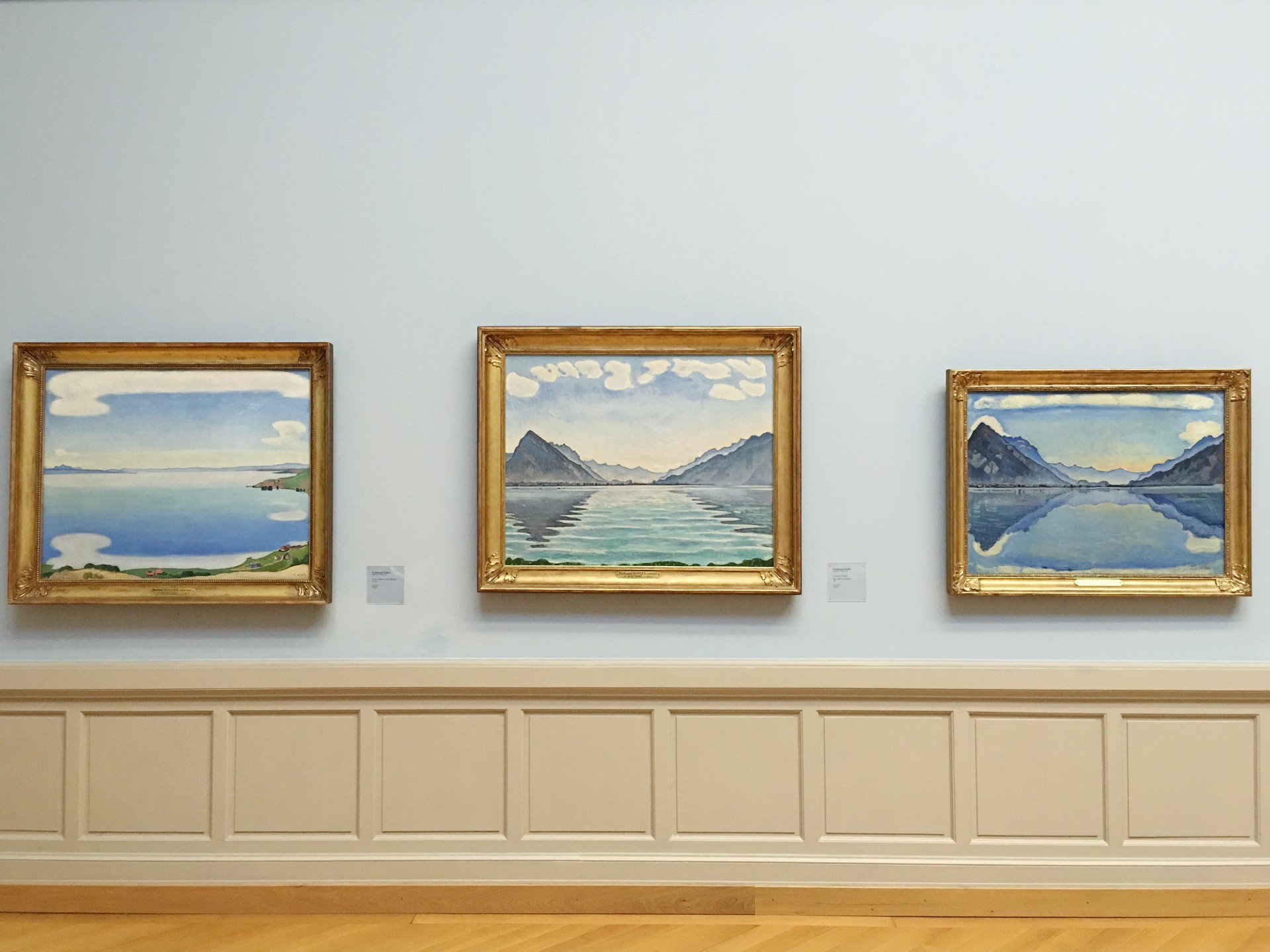
Place du Bourg-de-Four:
Place du Bourg-de-Four is located in the middle of the Old Town of Geneva. It is the oldest square of Geneva and is still the main centre of commerce. It once served as a roman forum and cattle market and later on as the medieval town square. The beauty of this square is that little has changed, meaning that it still shows its historical legacy through it's sixteenth, seventeenth and eighteenth century architecture. This little square is home to cafés and restaurants with outdoor seating and is perfect if you are looking for somewhere to go and have a coffee whilst exploring the city.
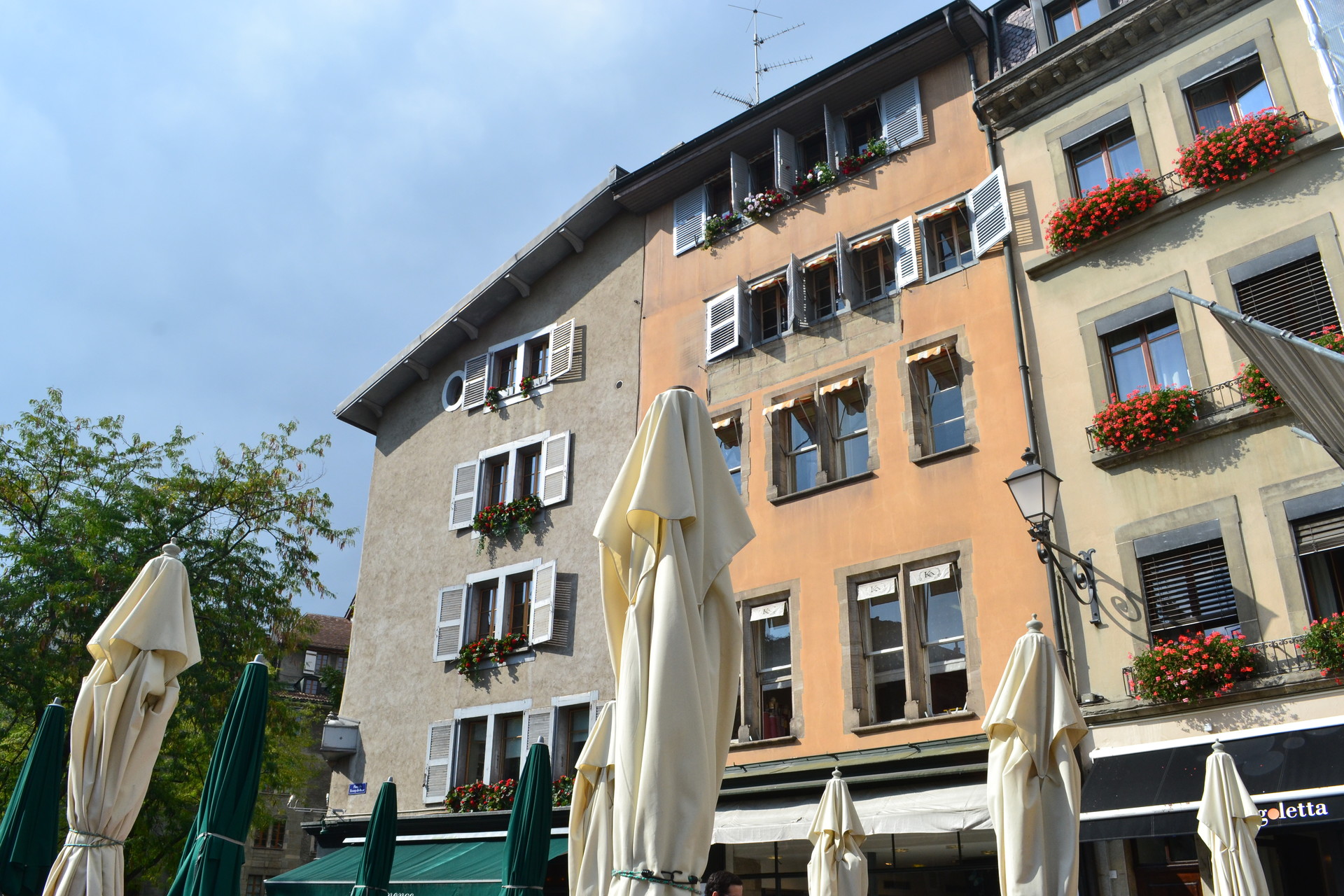
Carouge:
Take a delightful stroll through the Italian quarter and enjoy the beautiful architecture and the little boutiques. Every Saturday morning they have a little farmers market filled with local delicacies and fruit stalls. Even though the food is slightly expensive it is still fun to walk through and join the locals seated outside the cafés sipping on their morning coffee. Carouge was once independent from Geneva until 1816 where it became one of the districts of Geneva. This district is full of restaurants, bars, pubs and cafés. My favorite bar is Qu'Importe, a very delightful spot which is perfect when the weather is warm as it has a patio with comfortable outdoor seating. Carouge also has a Wasabi for you sushi lovers, and Bocalino, an Italian restaurant which serves some very good and reasonably priced pizzas.
You can reach Carouge by taking tram n. 12 and 18.
Jonction:
Jonction is a district of Geneva where the two rivers Rhône and Arve meet. The two rivers are different colours which creates a unique and mesmerizing effect at their meeting point. The reason for the two different colours is that the river Rhône is slower and darker coming from the northern river, whilst the Arve is quicker, transporting the white sand along with it. This view is best seen from the Jonction Bridge.
Genève Plage:
To go somewhere different I would suggest the beautiful walk down to Genève plage. Just before arriving to the beach you can pass through Parc la Grange. This park is such a pretty walk and is home to one of the most beautiful rose gardens of Geneva. In the summer you can come and enjoy shows at the Théâtre de l'Orangerie or at the Théâtre de Verdure. If you carry on walking as if you were going towards Cologny, on your left hand side you will pass Geneva's little beach. A sweet little sandy beach where you can sit down and enjoy the quiet, peaceful surroundings.
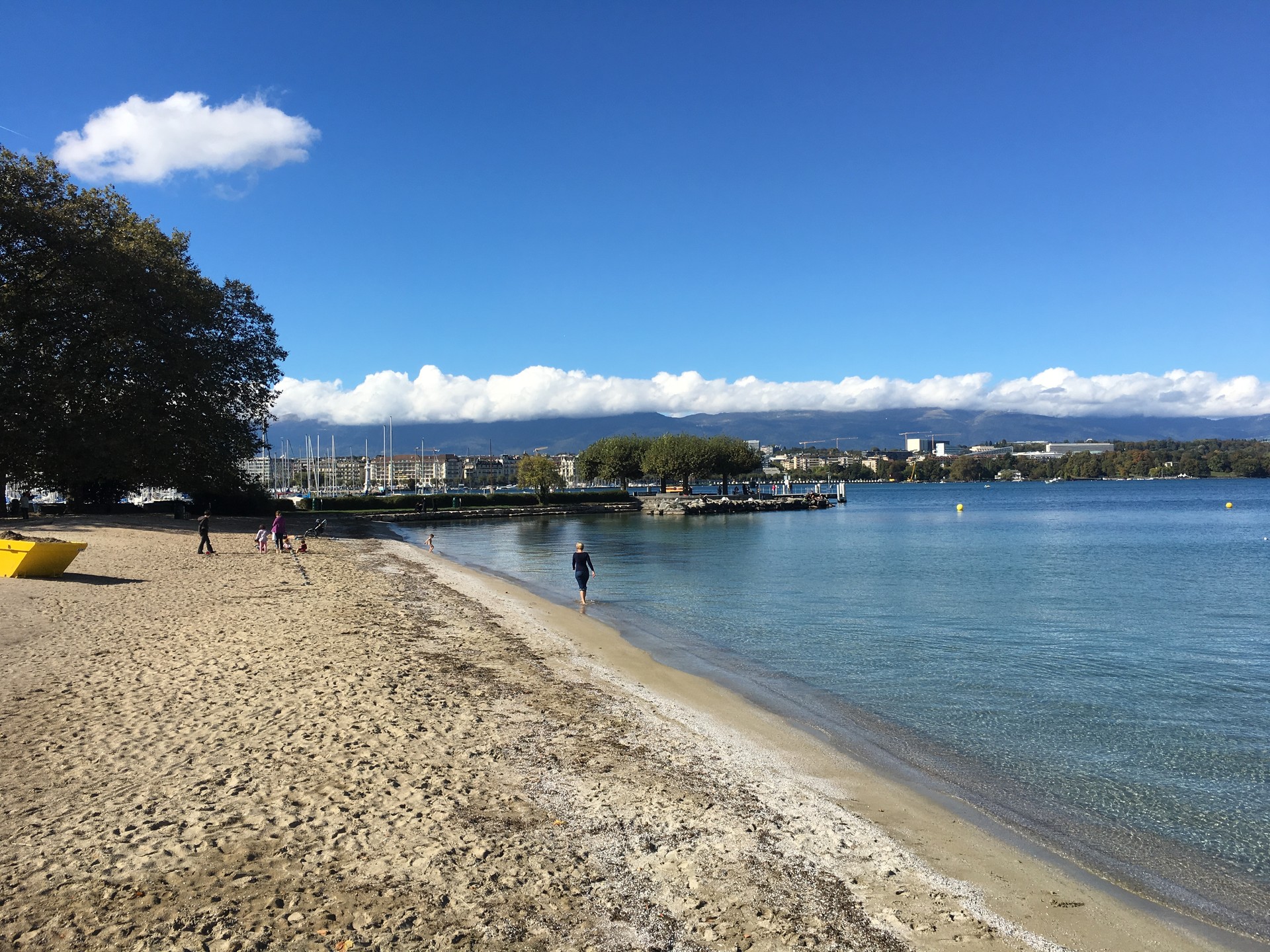
Natural History Museum:
This may seem like a classic but I do reckon it is worth the visit. I came here with my friend back in October and it was one of the most fun outings I have had. This natural history museum is a lot smaller than the one in London or New York but it is so rich in history and information that you could get lost for hours. My favorite part of this museum is the minerals and geology floor where you are exposed to a wide variety of gems, stones, minerals and diamonds. Furthermore this museum is very well organized in terms of each floor is organized by continent and it contains the species found in that specific continent, which I found very helpful in terms of understanding. Also this museum holds some very interesting aquatic creatures such as the dangerous box jellyfish.
This museum is free entry and is open from Tuesday-Sunday.
Photo gallery
Content available in other languages
Want to have your own Erasmus blog?
If you are experiencing living abroad, you're an avid traveller or want to promote the city where you live... create your own blog and share your adventures!
I want to create my Erasmus blog! →





















Comments (0 comments)